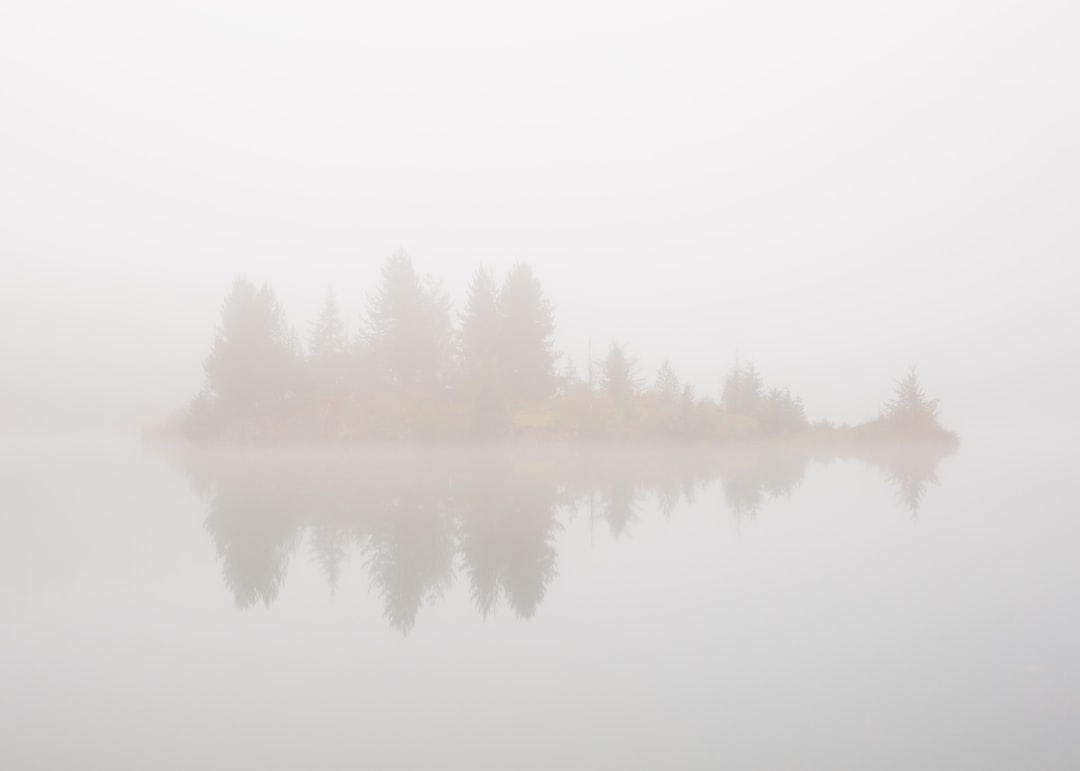Personal Myth #1,632
There’s never enough time to do everything
Wouldn’t it be great to travel to a tropical island? And learn to play the piano? And take up woodworking? And hike the Camino de Santiago?
I am really good at coming up with a long list of things I’d love to do. That made it hard to choose a major in college – everything was interesting!
The thing is, there’s only so much time in the day. And by the time you get done with work and cleaning the house and all the other “have to” items on the list, it can feel like there’s very little left for the “want tos”. Sound familiar?
One thing that doesn’t work is burning the candle at both ends. Trust me, sleep is a “have to”. I’ve tried cutting it to a minimum to pack in everything else, and I don’t recommend it. I’ll spare you the gory details, but it ended up with medical care.
So even when getting out in nature is what we want to do, it’s so easy to let it slip off to the mythical tomorrow that’s always just out of reach.
I envision it as an island in a mist-shrouded lake like something out of a King Arthur story, and just as I catch a glimpse of it, the path I’m on veers away, and I’m back to trudging through the swamp of Get-It-Done. There are so many things waiting for me on that island!
Which leaves an important question: How do we find the time for the things we know are important?
Important, and so much more fun than trudging through a swamp. Unless swamps are your thing, and then I hope you travel joyfully instead of trudging!
For me, the hardest part of answering that question comes down to the daily habits that make small changes over time. Let’s just say, that doesn’t come naturally to me. It’s my nature to try to tackle the biggest problems first and get them out of the way, and I can be incredibly tenacious in following through.
Tenacious is a nicer word than stubborn, don’t you think? My family is nodding knowingly right now.
The result of all that tenacious follow through is that I tend to work a lot, often from getting up until going to bed, and because I’m tackling things that I’m trying to get off my plate, all of the things I really wanted to do end up waiting for me on that mist-covered island of theoretical tomorrow.
So in my case, the answer is frustratingly clear. I have to create little pockets of time in my day to focus on each of those things. Even if it’s 15 minutes to spend with my plants as I water them or ride bikes with my son, the hard part is – those big problems I’m trying to tackle (like getting my work done) aren’t going to magically go away.
That’s why it can be frustrating.
Some people describe this as the need to set boundaries. Each of the parts of our daily life get a certain amount of time and attention, and one doesn’t get to steal from the others.
Excellent. I have my plan. Now I just have to implement it.
That’s my biggest hurdle to creating time to spend in nature every day. What’s your biggest hurdle?
Reply back if you want to share! We’ll find a way to support each other.
Nature through the senses
Scent:
What is the scent of winter? Not the foods we enjoy or the decorations we bring in? To me, it’s almost a lack of scent. When you step outside and the temperature is brisk, there’s a sense of movement in the chilly breeze and just a hint of rotting leaves and wood smoke. What does winter smell like where you are?
Sight:
If you’re looking for some great winter views, here’s an article on 16 lovely places to visit to see snowy vistas.
Sound:
In honor of the Winter Solstice, I found this poem from Walt Whitman:
Sounds of the Winter
Sounds of the winter too,
Sunshine upon the mountains—many a distant strain
From cheery railroad train—from nearer field, barn, house
The whispering air—even the mute crops, garner’d apples, corn,
Children’s and women’s tones—rhythm of many a farmer and of flail,
And old man’s garrulous lips among the rest, Think not we give out yet,
Forth from these snowy hairs we keep up yet the lilt.
Taste:
Another little joy we can savor now that winter has come is sassafras. You always want to be certain of what plant you’re harvesting, of course, to avoid accidentally using something poisonous, so if you haven’t got a sassafras tree you’re sure of, it’s best to find one while the leaves are on so you can go back to it. Winter is the best time to harvest sassafras root.
Touch:
One of the fun ways to enjoy touch in nature this time of year is to play with snow. We haven’t gotten enough in our neck of the woods to have a snowball fight yet this year, but as soon as we get enough snow, we’ll go sledding as a family.
If you know someone who might enjoy this newsletter, please forward it. And if you’ve received this as a forward and find that you do enjoy it, you can subscribe with the button below. Thanks - we’re glad you’re here!





